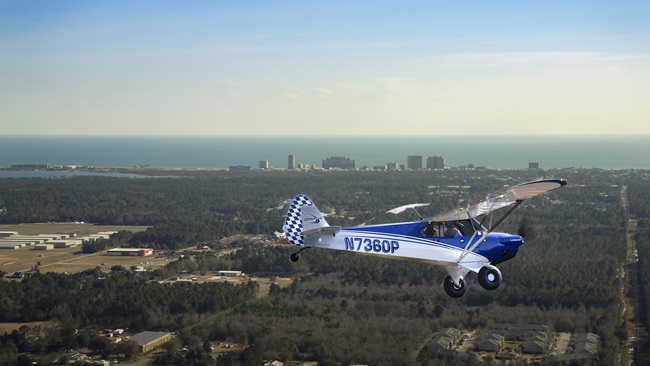Fly DC
The oldest continuously operating airport in the United States

The massive Special Flight Rules Area that encircles Washington, D.C., makes it a chore to fly nearly anywhere within 30 miles of the city, and the Flight Restricted Zone that includes the closest general aviation airports requires even more screening.
Despite the preparation required, flying into the D.C. area, especially by way of the historic College Park Airport in Maryland, is a worthy day trip or overnight stop. The world’s oldest continuously operating airport, the strip has history going back to the Wright brothers. The first military aviation training was at College Park, as was the first flight of a woman aboard an airplane in the United States.
Today College Park Airport (CGS) offers a great aviation museum adjacent to the FBO, and easy access to the University of Maryland, and Washington, D.C., via the Metro station next to the airport. It’s the only GA airport in the region with direct access to the Metro, so getting into the city via public transportation is easiest from this historic spot.
Obtaining clearance to fly into College Park or the other FRZ airport, Potomac Airfield (VKX), is the hardest part of the journey. You’ll need to plan ahead by taking the FAA’s online SFRA course, applying for a PIN, having your fingerprints taken locally, and then getting on a call with an official from the airport. A few weeks later you’ll receive a PIN for clearance. The PIN is used when filing a flight plan to enter and exit the area. Unlike the SFRA, where the flight plan can be filed electronically, an FRZ flight plan is filed with Washington Center with the PIN in the remarks section. Then the pilot must call Potomac Approach to obtain a squawk code, and communicate as normal to enter the SFRA.
Once on the ground at College Park you’ll notice that every airplane has a prop lock. There’s no need to bring your own, as the airport staff will supply one and set the code. When it’s time to leave, the process is the same. File an outbound flight plan with Washington Center, call Potomac on the ground, and you’re off. Easy? Maybe not. But absolutely worth it for the challenge of flying into the nation’s oldest airport and direct access to the capital.




